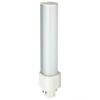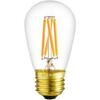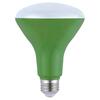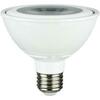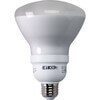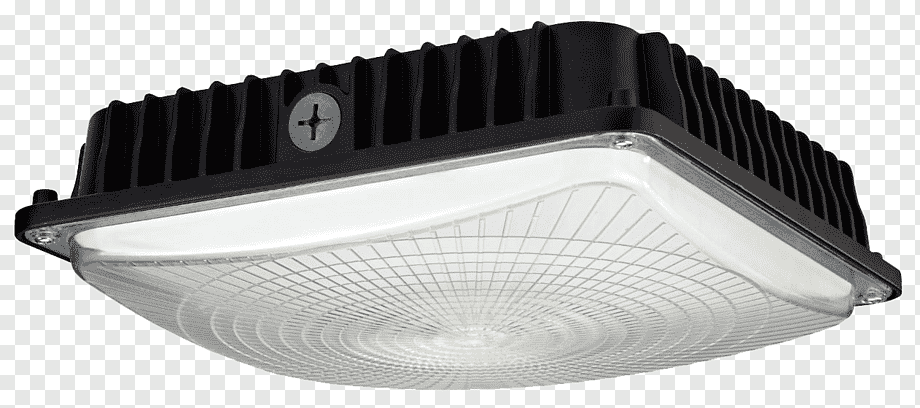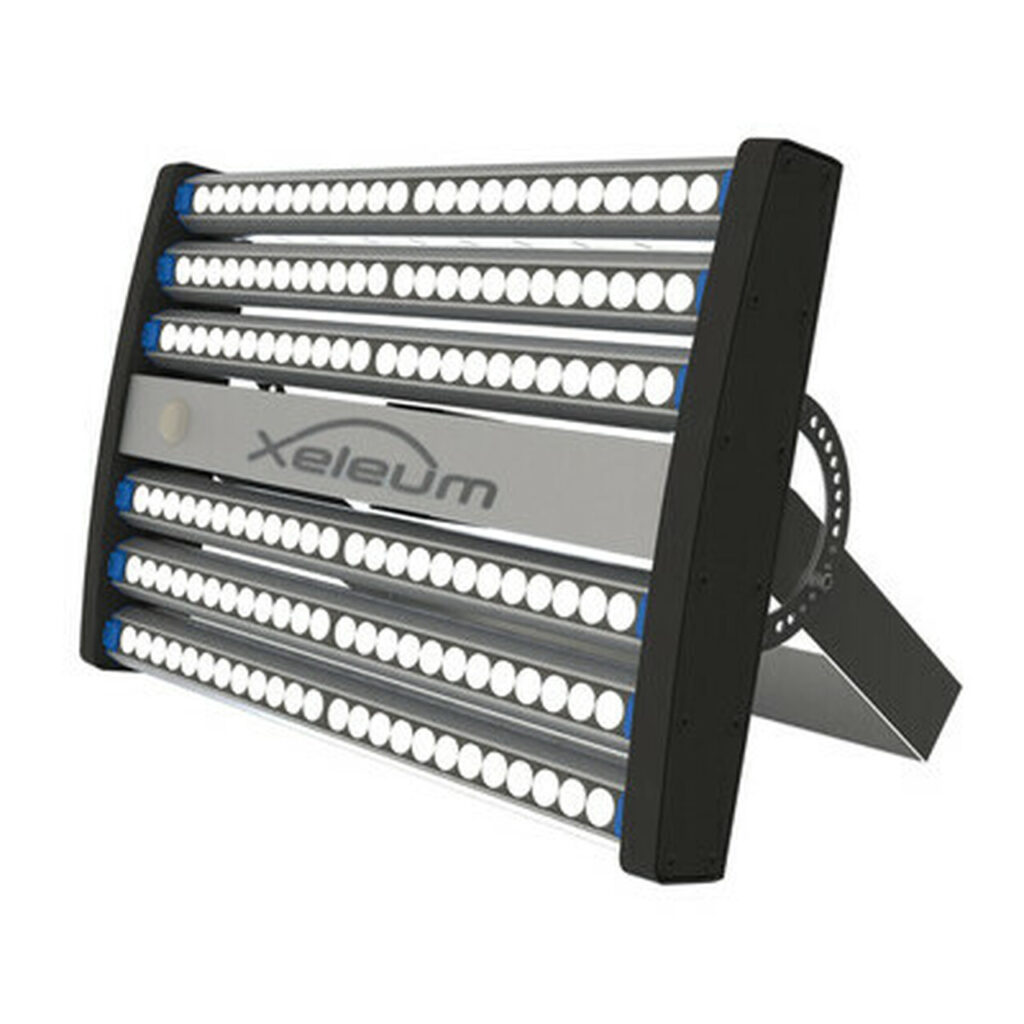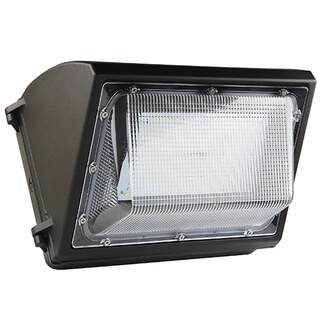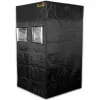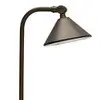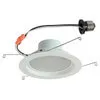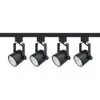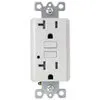Are you planning a new commercial lighting installation project? Before you get started, it’s essential that you know how to calculate amperage.
This will help you determine if the wires and lighting fixtures you plan on using can handle the amount of current your installation will need. If you have a higher amperage than your wiring is rated for you can overheat and melt them.
There is also the risk of fire if you get this wrong. That’s why you need to know the amperage and have enough fuses built into your lighting installation. They will trip an overloaded lighting circuit and prevent a fire from starting.
If this sounds intimidating, don’t worry – you’re at the right place. This article will take you through everything you need to know to safely install commercial lighting.
What Are Amps and How Do They Relate to Volts and Watts?
Amperage can best be understood as the strength of the electrical current. The unit used to measure this is Amperes – abbreviated to Amps. Amps represent the flow of electrons traveling along the wire.
A simple analogy is to think of a garden water hose. Amps are similar to the volume of water that flows through a hose. The higher the flow of electrons you have – the higher the amperage.
Voltage is a measurement of how much force is pushing the electrons through the wire. This is similar to the pressure in a garden hose. High pressure means that a greater volume of water will flow through the hose.
Just like the hose, a high voltage means that there is more force moving the electrons through your electrical system. When you combine the volts and amps you get watts. This is the total energy output from the system and affects the brightness of your lights.
How To Calculate Amperage for a Light Bulb?
To calculate how many amps you need for your lighting installation or light bulbs, you can use this simple formula:
Amps = Watts / Volts
Every residential and commercial light fixture will have a label indicating how many watts it needs to power it. Once you have this figure you can divide it by the volts you have available, in most cases, this will be 120v. This will give you the amperage of the bulb.
For example, if your bulb is 100 watts and your voltage is 120 then the amperage of the bulb is 0.8.
You can use this number to calculate how many light bulbs you can add to a circuit. To do this you will need to know the maximum amperage of the circuit. You can find this out by checking your circuit breaker or fuse.
Each fuse will clearly indicate how many amps it’s rated for. It’s important to note that you can only load up each circuit to 80% of the fuse’s capacity.
Let’s go back to our example and look at some figures to make this clear. For a 20 amp circuit, you can safely use 16 amps, that’s 80% of 20 amps. If your bulbs are 0.8 amps then divide the amperage available by 0.8 to get the total number of light bulbs you can use.
So, 16 amps divided by 0.8 amps = 20 bulbs. However, the National Electric Code only permits 12 bulbs per circuit.
How to Calculate Amperage for a Lighting Circuit?
If you’re planning to install lighting at an event you generally know how many lights you’ll need. In that case, you need to calculate the total amperage for your installation.
Work out the amperage for each bulb and then multiply that by the total number of bulbs you plan on using. Depending on how many amps you have available, you may need to run different circuits to conform to electrical regulations.
Another way to do this is to add up the wattage of your bulbs before you use the formula. Some people may find this an easier way to work out your total amperage requirement.
For example, if you have 30 lights of 100 watts each then your total load is 3000 watts. Divide that by your voltage of 120 to calculate your amperage. In this case = 25 amps.
How to Use a Multimeter to Calculate Amperage?
When using a multimeter to calculate amperage it’s important to cautious as you’re measuring a live circuit. Even a low amperage current can cause a serious electrical shock. Make sure you’re familiar with how your multimeter works before attempting to measure amperage.
The first step is to connect the black lead into the black port, usually marked with COM – for the common port. Then connect the red lead into the 10A port. If you’re unsure of what the amperage is in your system always start out with a higher setting on your multimeter.
Set the dial on the front of your multimeter onto amperage. Most multimeters are auto-ranging. This means they will automatically select the correct range when you connect it to your circuit.
Older models of multimeters have a range of amperage settings to choose from. It’s also a good idea to use alligator clips to connect onto the wires or power connector.
Cut the power before you connect your multimeter to your circuit. Attach the red lead to the side of your circuit closest to the power source. Then attach the black lead to the other side of the circuit.
Once you have good connections and your fingers are out of the way, turn the power back on. You should see a number on the display of your multimeter indicating the amperage of your circuit.
Are You Planning a Big Lighting Installation Project?
If you’re looking to set up a large commercial lighting installation it’s vital that you know how to calculate amperage. This will allow you to safely connect your lights without melting any wiring or blowing a fuse.
At Lighting and Supplies, we can offer you professional advice on how to keep your lighting installation project safe and legal. We have 100,000’s of lighting fixtures to choose from and offer turnkey lighting design and installation solutions.
Contact us online or call us on 888-325-4448 to discuss your lighting requirements.















